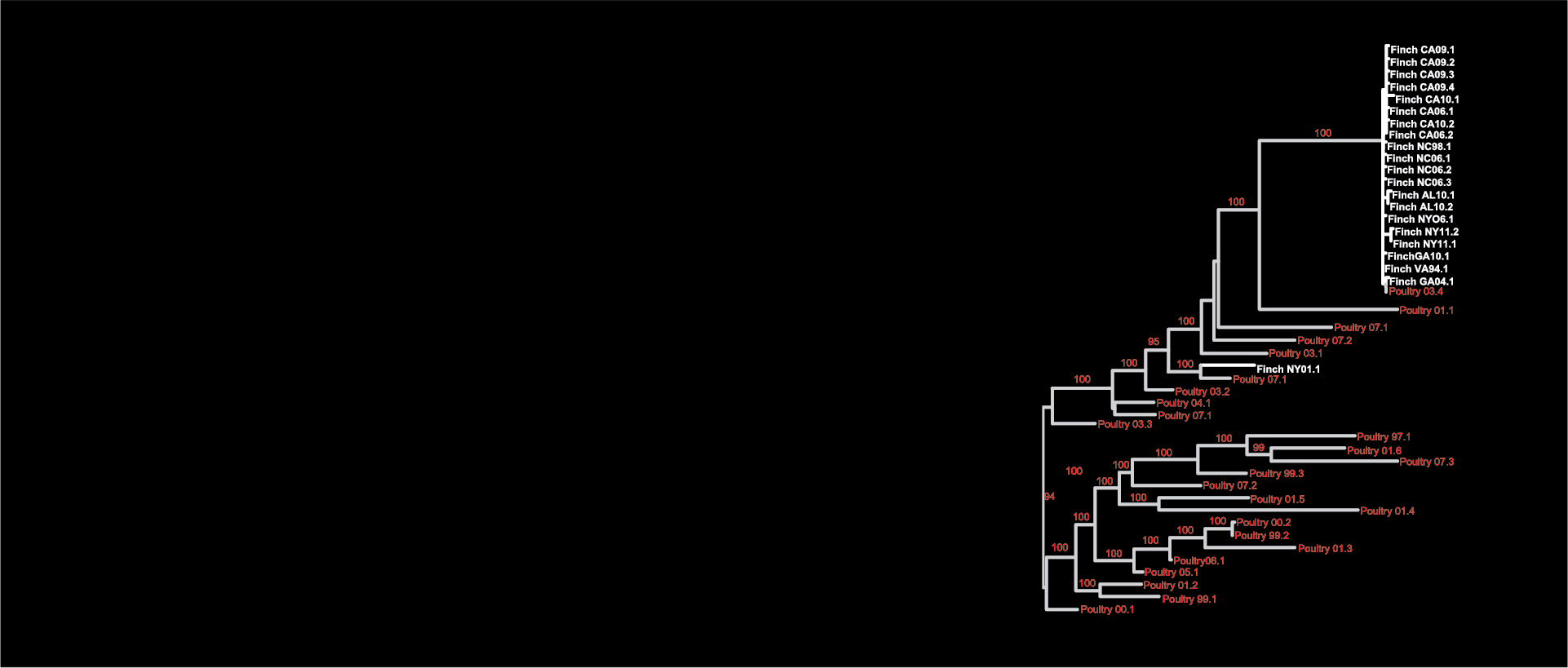I Use Citizen-Science Data to Understand Why Birds Live Where They Do
Distribution map generated from data provided by participants in eBird.
Wesley Hochachaka
I am an ecologist whose research has mostly been on studies of birds’ behavioural ecology, population ecology and evolution. Most of my current work falls under two themes: disease ecology and the interaction between a bacterial pathogen and its songbird host, and the use of citizen science to discover patterns and processes that shape bird species’ distributions.
Additionally, I have had the good fortune to work on a series of shorter projects, typically with students or postdocs here at Cornell, on a range of interesting topics. Much of this work involves the analyses of large, preexisting sets of data.
Two themes have characterized my training and research work: big data and collaboration. I have been working with ever larger data sets from my MSc research, which made use of 5 years of field data for an 18 month MSc thesis because I inherited the field component of a project on which I had started as an assistant, until now where the Cornell Lab of Ornithology’s citizen-science data contain tens of millions of records. So, while I am an ecologist by training, I have had to become comfortable with the management and analysis of large sets of data.

I study disease ecology and evolution.
The bacteria causing eye disease in House Finches has evolved through time, with a single successful jump of hosts from domestic poultry to House Finches.
Proc. Roy. Soc. B (2013)
